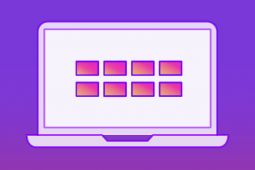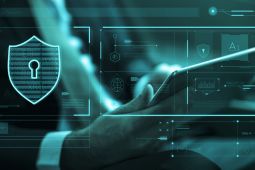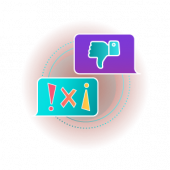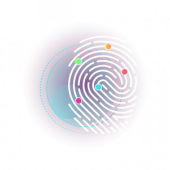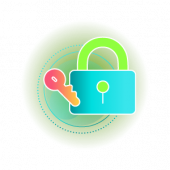How should I organize my digital files?
Safeguard Your Information
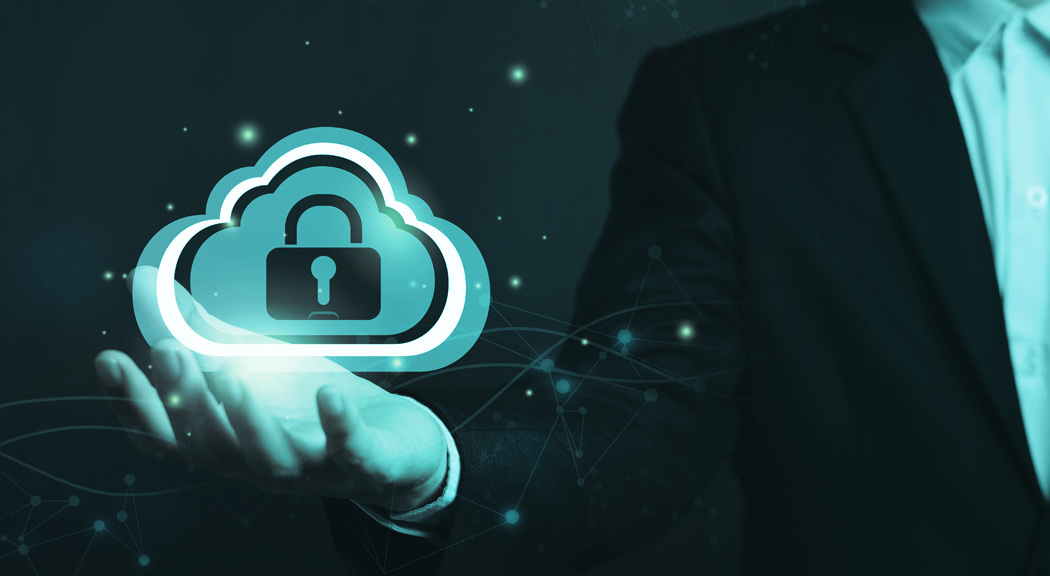
Since you open your eyes to the world, an archive of information and history of your life starts to builds up, either by photos taken by your parents and family members or even by having official documents to identify yourself.
These piles of information do not stop stacking up.
Why we safeguard our information and data
Throughout the years while you are growing up you start to build your own archive of information, where storing and safeguarding them become crucial, as you have, besides of your family history, more important document such as research you may have done during your school and university years, medical reports, bank details, diaries notes, business documents, and even more and critical information which losing or having disclosed or accessed by the wrong person might ruin your life, the business you are building up or working for and sometimes it might lead to threatening your own or someone else’s reputation or even life.
Being able to protect and safeguard your documents and information from being lost, destroyed, deleted, or tampered with, becomes a priority and needs more investment and attention, especially now, as we are living in a digital era, and most if not all of our documents have been transferred from physical to electronic documents which we keep on one of our fragile electronic devices mobile phones, and laptops.
Have you ever felt anxious or stressed when one of the documents you are working on suddenly closed and made you feel that all you have done during the last couple of hours have vanished? Was it a good feeling? What if your laptop hard drive suddenly stops or even has your laptop or mobile phone lost? Will you be able to get back your data if such an incident happens? Having a plan for safeguarding information:
Our digital devices are considered fragile, since they are exposed to many threats, electronic failures, being lost, stolen, or compromised.
Therefore, a good practice and document safeguarding plan to help you prevent such incidents and keep your documents safe from any similar event, or being unintentionally deleted by yourself should be in place.
What your information safeguarding plan should cover?
Secure your device and Network
Securing device and network is a wide topic as there are many components that need to be addressed, starting from:
- Physical security: physically securing your devices and network and preventing anyone from having direct access to them, as simply plugging a USB to your laptop is enough to clone your entire hard drive or infect your laptop with malicious software that grants hackers remote access to your entire network. Hence putting them in a safe and secure place while being locked and at rest is considered a good practice.
- Software updates is a critical activity due to mass applications we do have installed on our devices in addition to the vulnerabilities they have in their codes, while it is the same for the operating system you are using. Keeping both Operating systems and applications up to date by frequently installing new patches, and running automatic updates assists in protecting our systems and applications by securing and decreasing the number of system vulnerabilities.
- Anti-malware: Due to the continues connectivity to the internet and being exposed to data sharing through different means, which can cause our devices to be infiltrated by malicious software, our devices need to be equipped with anti-malware such as anti-virus to be able to identify malicious codes and stop them from causing harm to our devices. Hence, periodic scan using antivirus, for spywares, ad-wares, is a best practice, while being careful of the links, emails, and websites you are trying to access.
- Enable remote device management and wipes: such features grant you remote access and privileges to locate, wipe and lock your devices in case of device loss, for example, Find my iPhone, this can be enabled using the features provided by one of the cloud service providers through the email you are registered through.
Data backup plan
Having a data backup plan is a very essential part of protecting and safeguarding your information, this exercise lets you create a duplicate copy of your information, that you can refer to in case your device got damaged, lost, stolen and even compromised. This can be done in different ways:
- Offline back-up: is the way of backing up your data on an external device such as an external Hard Drive, , Flash Drive, then storing it in a safe and secure place. Offline back-up can also be done by having a network storage connected to your network or WIFI, which gives more flexibility and accessibility to your backup files, but such a solution is a bit expensive and needs technical skills to be well implemented and secured.
- Online Cloud back-up: iCloud, Google Drive, Microsoft One Drive, Amazon, and many other cloud service providers provide storage repositories with great capacities and features, either for free or through subscription. considering such services to back-up your files can be considered the ultimate solution, due to the many great features it provides, such as flexibility, accessibility mobility, and having the data stored in a different place, while at the same time it is a great target for hackers, hence security practice should be implemented with a high level of precautions, (Data encryption, strong passwords, Multi factors authentication.)
Data protection
Securing your devices and networks, setting a data back-up plan, are not to be missed from the data protection as they do enhance and decrease the risk of having your data lost or tempered through the preventive measure they provide.
Still, data protection needs more attention from your side especially if it is highly confidential data. Having your data stored in a safe place on your device, external storage, or even on the cloud does not mean it is not accessible or cannot be leaked or read by someone else.
Protecting your information requires an additional level of security such as:
- Data Encryption encrypting your data either by encrypting your local hard drive, external storage devices, or the data stored on your cloud gives an additional level of security and protects your data even if it was leaked or been accessed by an unauthorized person, in such scenario, all that they can get is useless, unreadable hashed or encrypted information.
- Practice the least privilege access, when you are sharing your computer with someone else, or having information be shared with others. The principle behind this exercise is to give just the required and minimal access needed by others to a certain document or application to perform their assigned task and not more. This prevents others from altering or playing around with other documents that they should not access.
- Wipe your old device which is one of the forgotten activities which should never be missed. Certainly, and throughout the years, you have replaced your electronic devices many times, Mobile phone, Laptop. What have you done with the old ones? How did you get rid of them and the data stored on their drives? I assume you have used the factory reset option, right? İs it enough? Can others still be able to restore any of your data? Technically, the answer is: “YES” it is possible with the right skills and tools in hands.
To prevent your old files from being restored, the best exercise is to overwrite them with wrong data, edit the old file and save it back, wipe your hard drive using a special tool, which permanently destroys your files and make them impossible to be restored or recovered and if you still feel this is not enough you can destroy your storage repositories using a hammer, and do not forgot to disconnect your devices from your cloud accounts.
Protecting and safeguarding information is a wide topic with different perspectives that depends on the type of data you are dealing with. Accordingly, there are plenty of other elements you should look at while doing this exercise, part of them already addressed in a different article, such as Protecting your digital ID, securing your digital devices, internet security and privacy and many others. In this article we have highlighted the most important sections you need to look at while implementing data protection scenarios and safeguarding your information, while for more details and references do not hesitate to browse Safespace library.
@2x.png)


